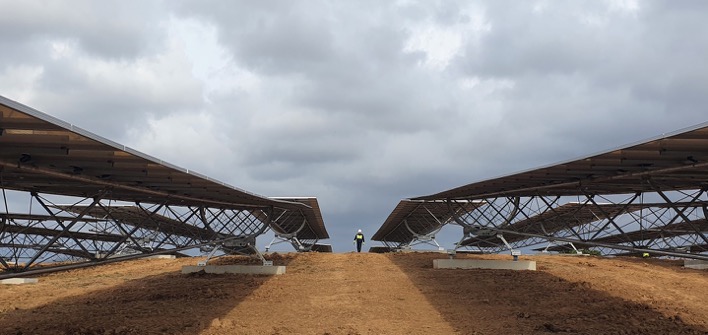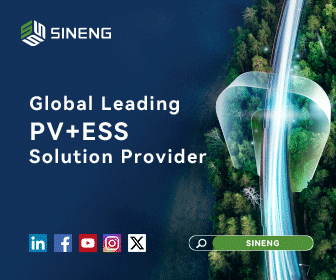Unlocking Solar Potential on Unconventional Lands
The search for suitable land for solar development is a pressing issue as the demand for clean energy rises. Developers face challenges such as land scarcity, local opposition, and the need for cost-effective solutions. In this op-ed, we discuss these challenges, and present innovative solutions that can help unlock the potential of land previously considered unusable for solar generation.
Developers constantly face challenges in acquiring land, optimizing assets for increased production yields, and ensuring a lower LCOE to maximize revenues. Land scarcity affects developers who must purchase land at higher costs, which impacts their return on investment, slowing the pace of the energy transition.

Local opposition is also a growing and prevailing headwind to solar generation, often preventing towns from constructing utility-scale solar installations, and delaying state approvals and permitting processes. While measures such as the Investment Tax Credit (ITC) and the Inflation Reduction Act offer some relief, minimizing the impact on communities is necessary for accelerating the adoption of cleaner energy sources.
Locating solar generation facilities on landfills, uneven terrain with high slopes, or former industrial sites with polluted ground seems, on its face, like a natural solution to both the cost challenge and local opposition. Historically, this has not been the case. All of these terrains tend to come with a large share of technical and logistical complexity, which often erased any cost benefit of their use. These include difficult topographical conditions or contamination with hazardous materials that can necessitate additional measures to ensure safe construction and operation of solar installations.
Thankfully, due to the increasing cost of traditional suitable land, the cost calculus has started to change. Some 500 MW of solar capacity was installed on U.S. landfills by the start of 2020, with a further potential for at least 63 GW on existing sites, and sites due to close by 2030.

Allowing the widespread use of these traditional unsuitable land types for solar generation will require effective solutions to reduce the cost of construction of untraditionally located solar generation. Some of these include:
Adaptable Solar Trackers
Solar trackers with adaptable designs can accommodate unconventional terrain, reducing the number of required foundations, and simplifying the installation process. This allows for easier implementation on various ground types, as well as superior adaptability to slopes. By reducing the number of foundations and civil works requirements, the overall construction costs and environmental impact can be significantly decreased.
Improved Assembly Processes
To address the shortage of skilled construction workers, and improve working conditions, the solar industry can adopt industrialized assembly processes for solar trackers. Onsite assembly workshops and assembly lines can reduce mounting time, helping to provide better working conditions for laborers, while ensuring efficiency and high-quality work. These standardized processes also maintain quality control, and enable easier project management.
Digitalization and Traceability
The adoption of digital tools in the solar industry can enhance the traceability of components and quality checks during the assembly process. Digital applications can help secure commissioning dates, manage project timelines, and maintain accurate records of each component and tracker, ultimately contributing to better project outcomes.
Minimizing Environmental Impact
Innovative solar trackers that minimize the number of piles and concrete beams required will reduce the environmental impact of solar farm construction. By causing less disruption to the natural habitat, these solutions also facilitate the integration of agrivoltaic systems that combine agriculture and solar energy generation. This approach can improve community acceptance of utility-scale solar farms, which, in turn, contributes to a more sustainable energy transition.

Unlocking the solar potential on unconventional lands requires innovative solutions that address the unique challenges these sites present. As the demand for clean energy grows, it is essential for the solar industry to adapt and evolve, embracing new technologies and approaches that can overcome the obstacles associated with developing solar installations on landfills, uneven terrain, and former industrial sites. By employing adaptable solar trackers, improving assembly processes, leveraging digital tools, and minimizing environmental impact, we can make significant strides in harnessing the untapped potential of these lands for solar energy generation. As a result, we will be better equipped to accelerate the energy transition, promote sustainable development, and secure a cleaner, more resilient future for all.
Yann Duclot is Nexans Accelerating Units Director. Nexans is a pure electrification player fully dedicated to supporting the new needs of power generation operators, and solving complex generation issues in the most challenging locations and circumstances
Nexans | www.nexans.com
Author: Yann Duclot
Volume: 2023 May/June












.png?r=8118)
